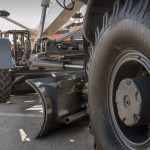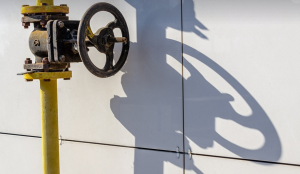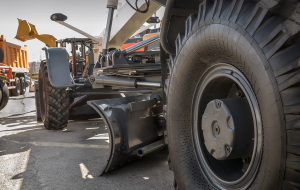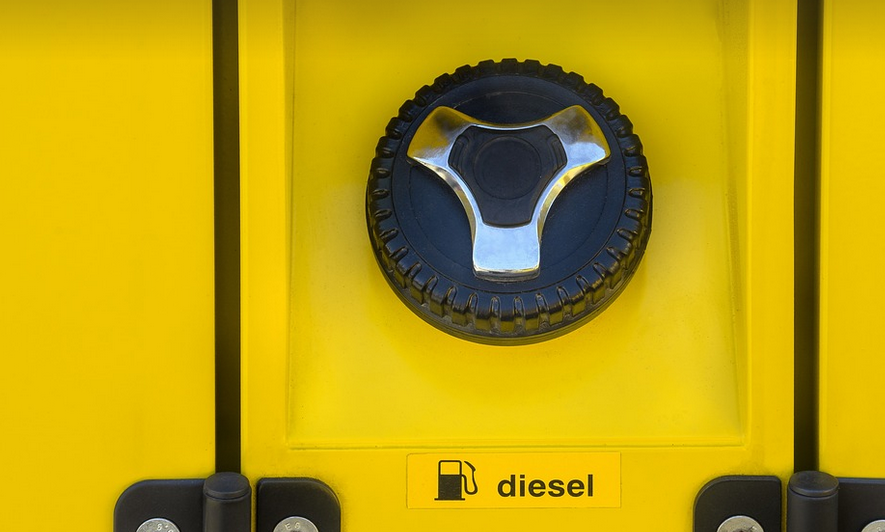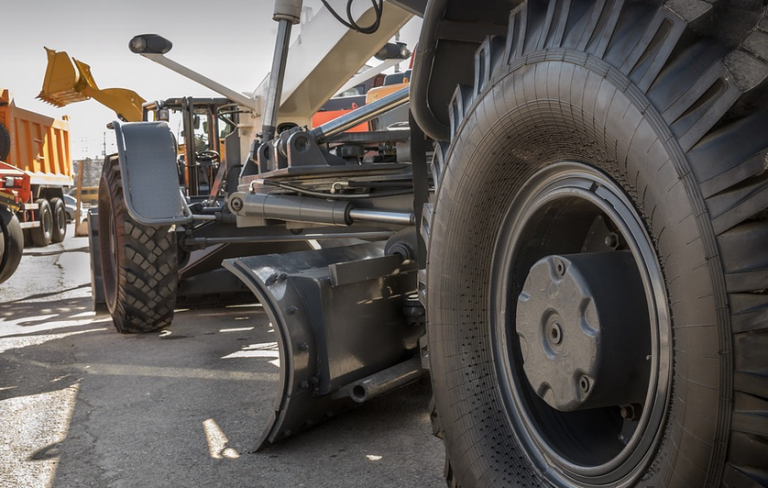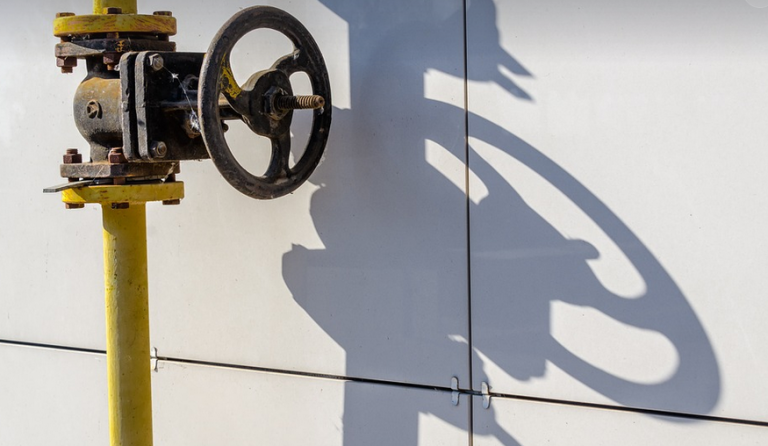A Quilter’s Guide to Choosing the Right Iron
Quilting is an art form that requires precision, patience, and a whole lot of ironing. That perfect straight seam or a delicate pressed flower – it all starts with your iron. But with so many options on the market, it can be overwhelming, especially if you’re just starting out.
Choosing the right iron for quilting is more than just picking any old appliance. It’s about finding an iron that helps you create beautiful quilts while minimizing wrinkles and maximizing your productivity. There are several key features to consider that will help streamline your quilting journey.
Understanding Your Needs
Before diving into the world of irons, it’s essential to understand what works best for you. Are you a beginner who wants an iron with basic functionalities or do you feel confident in tackling more complex projects?
For beginners, starting with a simple steam iron is a great idea. These irons are straightforward and often budget-friendly. They may lack advanced features like adjustable temperatures or specialized spray patterns, but they’ll get the job done.
Iron Features for Quilting
Once you’ve decided on your level of experience, it’s time to explore the vital features that make an iron great for quilting:
**Temperature Control:** This is crucial! Think about what your fabric requires. Cotton and linen generally need a high heat setting, while delicate fabrics like silks or velvets require lower temperatures.
**Steam Output:** Steam helps relax wrinkles in the fabric and even removes stubborn creases. It’s especially beneficial for piecing together different quilt layers and ironing intricate details. A good steam iron will have multiple settings to adjust the level of steam output.
**Weight & Size:** This is a matter of comfort and maneuverability. A lightweight iron can glide effortlessly across your fabric, while heavier models provide superior power and stability. The size of the ironing surface should suit your needs – small ones are ideal for travel and smaller projects, while larger irons handle bigger quilts with ease.
**Steam Hose:** This allows you to move the steam freely without getting it tangled in your fabric. It’s not just about practicality; a good steam hose also adds longevity to the iron by reducing wear and tear on the internal components.
**Ironing Functionalities:** Different types of irons offer distinct features that can enhance your quilting experience.
**Variable Temperature settings**: This allows you to adjust the heat according to the type of fabric you’re working with. For instance, using a lower temperature on delicate fabrics like silk or satin is crucial.
**Spray Function:** This feature delivers an even distribution of moisture that prevents wrinkles and helps keep your quilt looking flawless.
**Pressing Modes**: Some irons offer different settings for various pressing needs, such as steam ironing, wrinkle-release, or even specific fabric types.
Beyond the Basics
As you delve deeper into the world of quilting, explore the range of advanced features that can elevate your experience:
**Digital Temperature Control:** This allows you to program specific temperatures and settings for various fabrics, ensuring consistent results.
**Auto-Shutoff:** This feature adds safety to your ironing process. You won’t have to worry about leaving the iron unattended; it automatically shuts off after a period of inactivity.
**Cord and Iron Design**: Consider the design and durability of the cord. A sturdy, heat-resistant cord is essential for long-lasting performance.
Tips for Quilting with an Iron
Mastering the art of ironing your quilts requires proper technique. Here are some tips to help you achieve professional-looking results:
**Ironing in Sections:** Break down large projects into manageable sections, ironing one section at a time to avoid overworking it.
**Using Steam for Wrinkles:** Utilize steam to relax wrinkles and remove stubborn creases. It helps flatten seams without damaging delicate fabrics.
**Ironing From the Back:** When you’re working on intricate designs, use the back of your iron to ensure precise creases and prevent lifting or pulling.
**Ironing with Care:** Always exercise caution when ironing. Ensure the iron is unplugged before storing it, and keep it away from flammable objects.
Conclusion
Choosing the right iron for quilting is an investment in your creativity. With the right tool, you can elevate your quilting experience to a new level, creating beautiful works of art that will stand the test of time.



